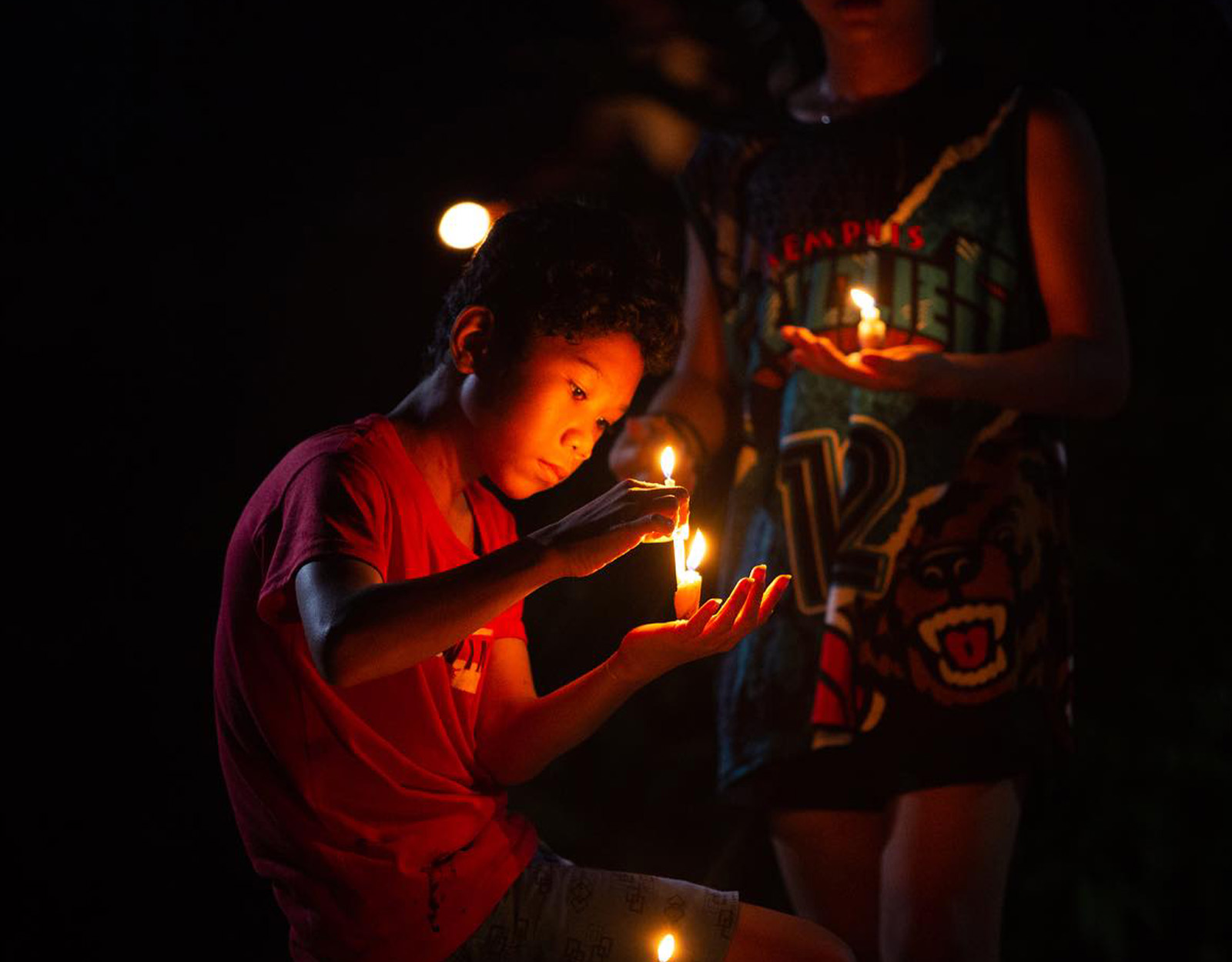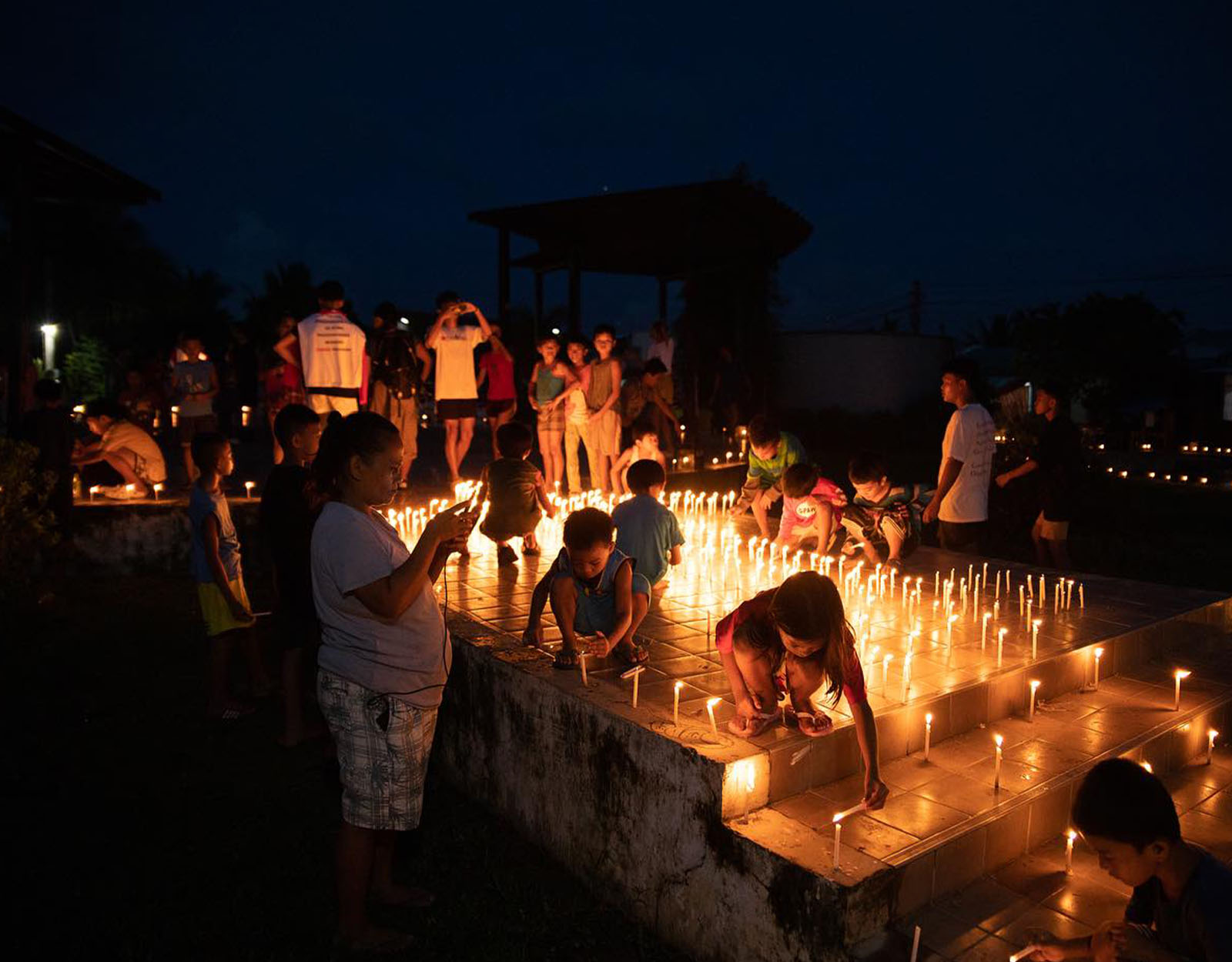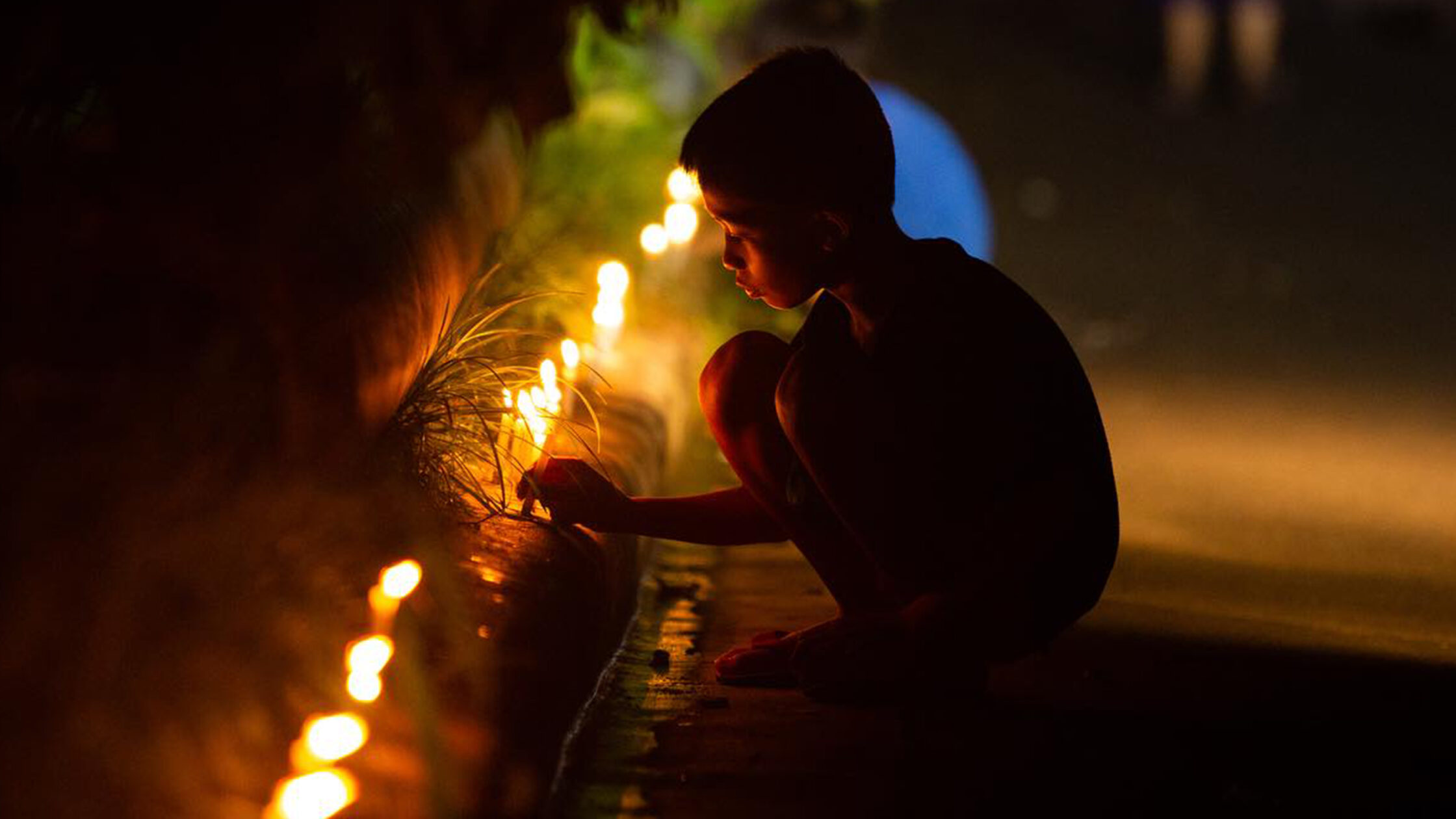What Filipino Families Can Learn from Super Typhoon Yolanda A Decade On
Super Typhoon Yolanda wrecked parts of the Visayas region in 2013. Here’s what today’s families can learn from its wrath.
On November 8, 2013, Typhoon Yolanda (international name Haiyan) made its landfall in parts of the. Visayas, forever changing lives of those living in Leyte and Samar, which were the most hit. But Tacloban, one of the cities in Leyte, became the ground zero for it.
Typhoon Yolanda is considered as one of the deadliest storms to hit the country. There is an estimation of 6,300 perishing from it. Now 10 years on, typhoons continue to hit the Philippines causing damages to agriculture, homes, and well-being of families. Here are just some of the lessons families can pick up not only from Yolanda’s wrath but also of those past typhoons.

Moving on is not as easy as one would think
Moving on from a typhoon that almost wiped off an entire island is never easy. While it has been a decade, there are families that still get nightmares and traumas recalling the wrath of the super typhoon.
People tend to forget that it’s not just the physical aspects that should be focused on but also the mental and psychological side of it. There are those who still grieve for their love ones but are doing their best to recover and make a living for themselves.
The issue of climate change is real
For years, the issue of climate change has become one of the most talked about topics affecting people worldwide. From conferences to promises, there is still a lot of work to be done to combat the causes behind it. It’s not just about planting trees and waste segregation. It involves a lot of planning from different sectors and making it work.
When a typhoon enters, chances are houses will be destroyed and family lives will be affected. Urban planning is just one of the steps but it must be done properly.
Take disaster preparedness training and simulation seriously
Admit it or not, there are times when disaster preparedness drills in buildings and schools are not taken seriously. Even checking the weather back then was taken for granted. But for Tacloban City mayor Alfred Romualdez, he has observed that many of his constituents have become more serious about weather reporters.
“Normally here, we don’t check the weather. Unless we look up at the skies and it’s gray and the winds are abnormal and strong and we ask, ‘Is there a typhoon?'” he said during an interview on Rappler. “Now, whether the weather is clear or not, if they know they are going away or going to the beach, they always check the weather.”

Continue to educate yourself
In an era which social media has become powerful in informing and helping, it is also important to know it can be abused and used for disinformation. Parents and kids must learn to fact check and ask information of the sources of news they get to avoid panic and chaos. Seek experts most especially those who have experienced it or have worked on the ground.
Time to go beyond resiliency
Filipinos have often been told how resilient we are but it’s time go beyond that. The bayanihan spirit will always live in the Filipino hearts. But more than the bayanihan, a call for change and to do better is needed and that starts with the leaders of our communities.
Every year, many typhoons hit the country and it intensifies and creates havoc on people’s lives. It’s always better to be prepared for anything.
Here’s how you can prepare for a typhoon or storm!
6 Must-Haves When a Super Typhoon Hits









